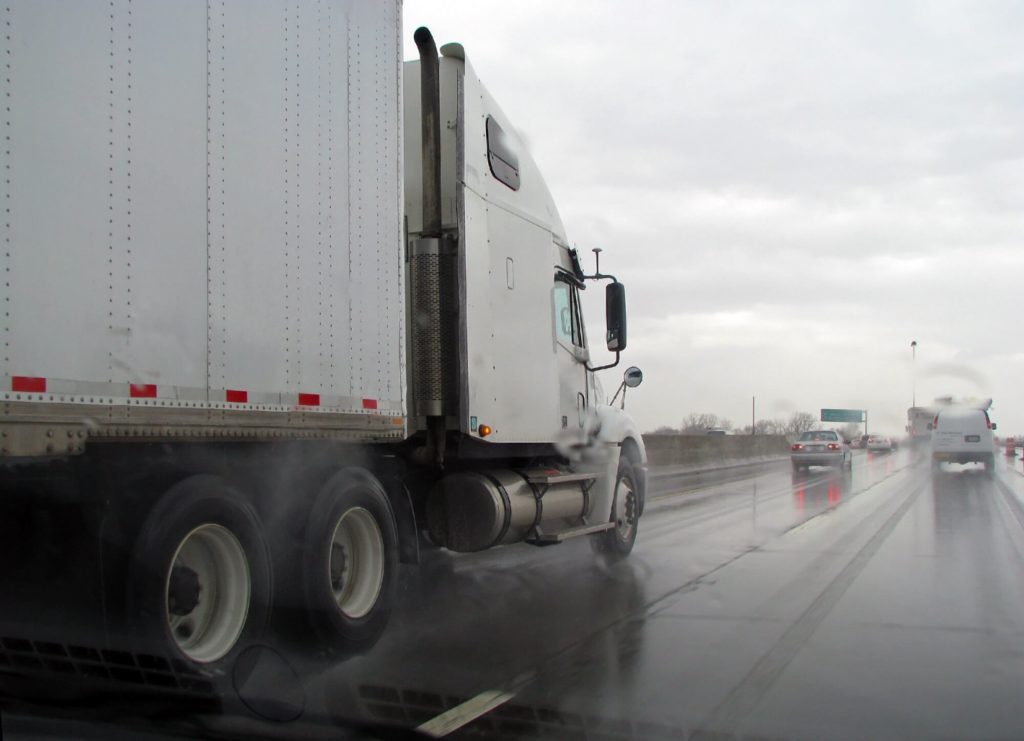At the risk of telling many of you ‘how to suck eggs' it is important at this time of year, when the seasons are changing, for a quick reminder about driving in dangerous weather conditions.
Driving in Fog
Driving in fog can be one of the most exhausting situations to drive in. Thick fog can reduce your line of sight to metres in some circumstances and maintaining concentration can increase your fatigue level considerably.
Adding to the difficulty of the situation is other road users not turning on their lights. Nothing used to get me fired up more than someone driving in heavy fog just after dawn with their lights off. It’s as though they are trying to save power or something.
Truck drivers know that it is important to slow down, use your low beam as much as possible (high beam in fog usually reduces visibility due to the light reflection) and stay focused. As my wife always used to remind me when I was heading off in the truck, “it is not you I am worried about, it’s the lunatic coming the other way”.
Dew on the road
As Autumn kicks into full gear, there will be increased moisture in the air settling as dew on the roads. This is particularly the case in the Southern states of Australia. Many areas have had little or no rain for quite some time, so there will be a lot of contamination on the road surface, such as oil and grime. Mix this with a morning dew or some light rain and the surface can become deadly slippery. There is not really much that can be done here, other than to slow down a little more on bends particularly in the early morning and after light showers of rain. Drive to the conditions old mate, drive to the conditions.
Torrential rain
Like fog, driving in torrential rain can be exhausting due to the increased concentration required. Professional Truck Drivers need to manage their heavy vehicle, whilst looking out for other motorists that are not driving to the conditions.

Some down pours are too much for vehicle wiper blades to manage. The water cannot be dispersed quickly enough and as a result, visibility through the windscreen can be reduced to nothing. Visibility through side mirrors will most likely also be restricted.
Where it is safe to do so, the best course of action is to pull over and wait for the rain to lighten. For the sake of 10-15 minutes, it could prevent an accident and ultimately save lives. At a minimum, we should be leaving twice the normal distance between our vehicle and the one in front.
Conclusion
Car drivers and other road users do not always drive in a way that is safe. Cars will cut in front of heavy vehicles, not understanding how long it takes us to stop in an emergency. Hopefully the work of organisations such as the Australian Transport Association will continue to educate and improve the safe driving practices of car drivers. At the end of the day we are the professional drivers, and as such we need to be continually adjusting to the conditions and the actions of other road users.
Stay connected when you’re on the road by subscribing to our NXT Journey Club. Hear about custom work bag upgrades and be the first to receive our member discounts.


